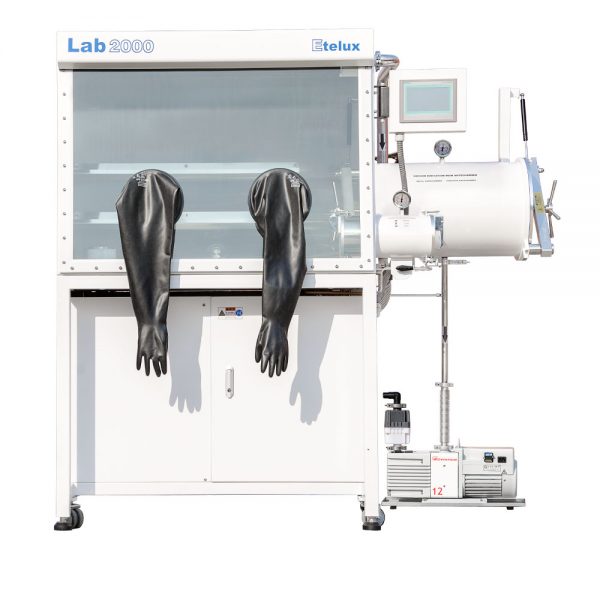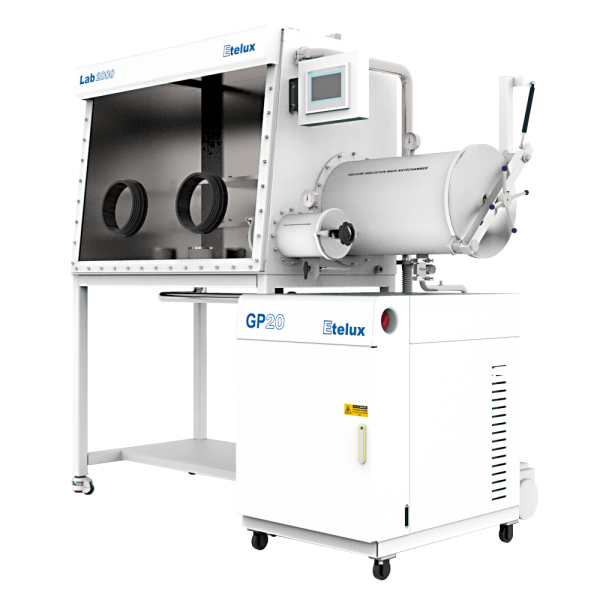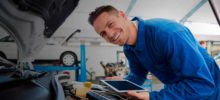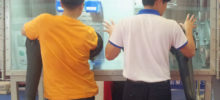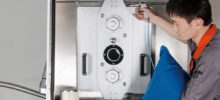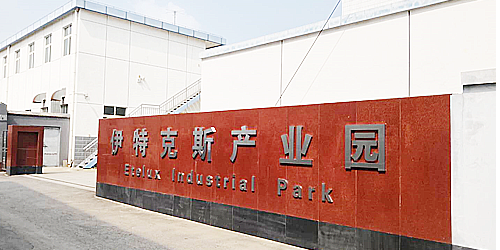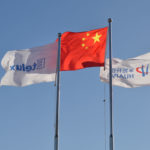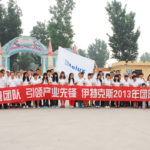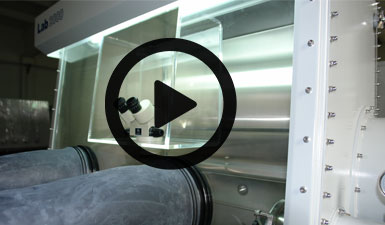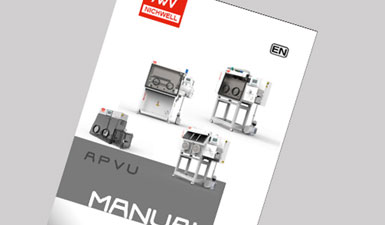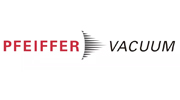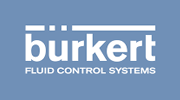The Science Glovebox in the Qitian Experiment Module on the Chinese Space Station is a highly advanced and sophisticated experimental device that provides scientists in space with an experimental environment in which they can perform cellular-level delicate operations. Here are some detailed information about the Scientific Glovebox:
Design and Function: The design of the Scientific Glovebox integrates the needs of life sciences, biotechnology, aerospace medicine, materials science and other disciplines. It provides scientists with a clean and airtight space to manipulate samples, and is equipped with a dexterous robotic arm with cellular-level fine manipulation capabilities. In addition, the cryogenic storage device located underneath the scientific glove box has three typical cryogenic storage temperature zones (-80°C, -20°C, 4°C), which can meet the cryogenic storage needs of different experimental samples 3.
Micromanipulation technology: The micromanipulation arm in the scientific glove box has a microscopic operation precision of no more than 5 microns, which can complete a variety of micron-level cellular operations and assist astronauts in realizing scientific experiments such as fine manipulation in orbit. For example, operations such as extraction and injection of cell nuclei can be performed in this high-precision environment2 .
Research Themes and Directions: The mission of the ASTRONAUT Experiment Module focuses on life science and biotechnology research, and 10 research themes have been planned and deployed in the four directions of space life science and biotechnology, microgravity fluid physics, space material science, and experimentation of new technologies for space applications. These researches focus on the growth and development of life and human health, explore a series of scientific problems faced by human beings for long-term survival in space, and actively promote the transfer of space science to applications 2 .
Application Prospects: The application of the scientific glove box is not only limited to space science research, it also provides new research avenues and experimental platforms for the fields of biomedicine and new material science. This is of great significance in promoting the progress of science and technology and the development of new drugs.
The operating steps of the space science glove box are very delicate and complex, usually requiring specialized training and operating skills. In the space environment, the operation is even more complicated due to the effect of microgravity. The following is a simplified description of the operation steps for reference:
Preparation: Before performing any operation, astronauts need to familiarize themselves with the glove box manual and understand the specific requirements and steps of the experiment. They also need to wear appropriate personal protective equipment (PPE), such as gloves and face masks, to ensure safety and purity of the experiment.
Access to the glove box: Astronauts enter through the entrance of the glove box, which is designed to allow access to the astronaut’s arms, but keep their head and body on the outside of the glove box.
Environmental check: Before starting the experiment, the astronauts need to check the environment inside the glovebox to ensure that the oxygen and moisture levels are within the allowable limits. The glovebox will normally maintain a low oxygen and low water environment.
Sample Preparation: The astronauts will prepare the samples needed for the experiment inside the glove box. This may include cell culture, mixing of reagents, etc.
Fine Manipulation: Using the fine manipulation tools inside the glove box, such as micromanipulators, microscopes, etc., the astronauts can carry out very fine manipulations, such as cutting and injecting cells.
Data Recording: During the experiment, astronauts need to record the detailed data of the experiment, which may include video recording, image capturing or manual recording.
End of experiment: After the experiment is completed, astronauts need to store the experiment samples properly, clean the glove box and make sure the environment is restored to its initial state.
Exiting the Glovebox: After completing all operations, the astronaut exits the glovebox and performs the necessary personal cleaning and equipment maintenance.
It is important to note that these steps will vary depending on the purpose of the specific experiment and the design of the glovebox. In the space station, some operations may require special skills and adaptations due to the effects of microgravity. In addition, to ensure the success and safety of experiments, astronauts are usually required to undergo rigorous training and practice.
In summary, the scientific glovebox in the Qitian Experiment Module of the Chinese space station is a multifunctional experiment platform that not only supports astronauts’ scientific experiments in space, but also provides strong technical support for research in several scientific fields.

